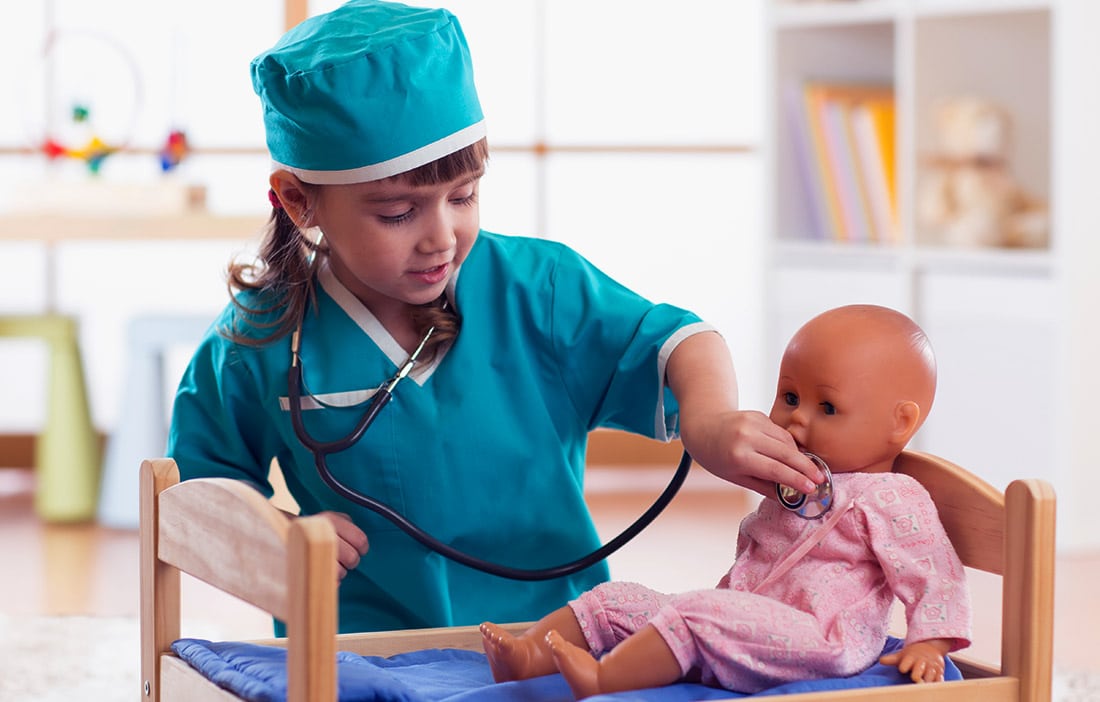It has never been easy to make sure children are safe from all the outside dangers the world has to offer, but in the past two decades, the dangers appear to have risen exponentially. As the perceived risks grow, children and adults both need to become aware of the different ways to fight for the safety of your children’s health. Here are just three of the many things you should look for when a medical emergency arises with a child.

Epi Pens
Children that have allergic reactions often carry the epinephrine pens to counter the allergy in treatment for anaphylaxis. If the child is having trouble breathing, look for a necklace or bracelet that identifies the child as highly allergic and then search through their belongings for an epi pen. Press the pen against the child’s thigh until you hear a click and continue pressing for at least three more seconds.
Medical Bracelets
As life threatening conditions become more common among children, children’s medical ID bracelets are also becoming more common. Worn as a colorful bracelet, or stainless-steel necklace, the medical alert jewelry can warn against allergies to insect stings, peanuts, and penicillin. The medical information can also advise on asthma, diabetes, and seizures.
Food Intolerances
Although most children know the diet restrictions or limitations they have, some can get caught unaware simply by being in the same room with the food their body cannot tolerate. This is especially true of peanuts, gluten, and shellfish. When a food intolerance is suspected, contact a medical emergency team as soon as possible for help.
Everyone is different from everyone else, and sometimes reactions can be very mild as the human body decides to suddenly react to something it doesn’t like. When those reactions become severe, and they involve children, the result is often a medical emergency. Look for the three safety factors listed above and remember to contact emergency personnel – and keep the children safe.